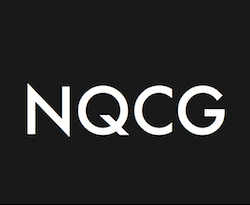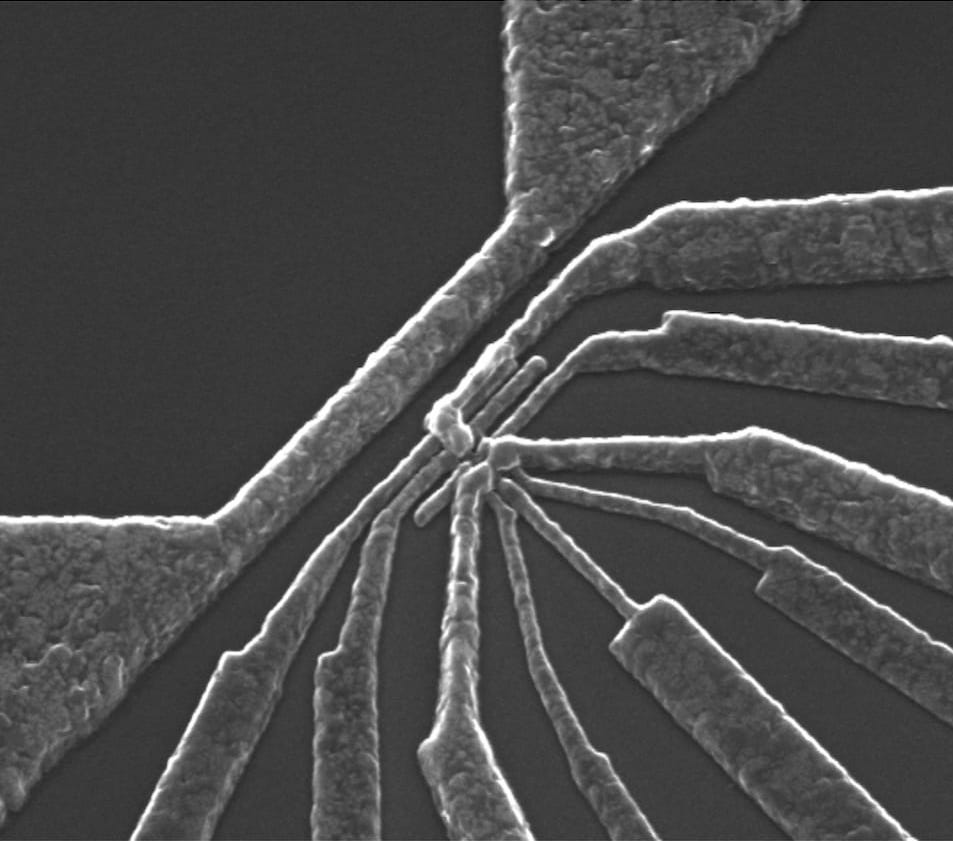Standardisation for Nanotechnology
NQCG supports global standards by participating in their development and maintenance, and designing them into our products. Pursuing the latest in ontology engineering techniques and nanotechnological advancement, NQCG is working with the standards development organisations, industry and the research community world wide to help facilitate growth and expansion of nanotechnology into industry as a whole.
NQCG participates in National and International Standards Development Organizations
-
SN/K 298 Nanotechnology, Norwegian Mirror Committee to ISO/TC 229 and CEN/TC 352
-
NEK/NK 113 Nanotechnology, Norwegian Mirror Committee to IEC/TC 113
-
IEC/TC 113 Nanotechnology Standardization for Electrical and Electronic Products and Systems
-
CODATA-VAMAS Joint Working Group on Describing Materials on the Nano-scale
Current Work Processes for Standardisation
- Most standardisation work for terms and definitions in related technical domains relies on nationally / internationally consensus decision making process
- Experts meet to discuss individual opinions on terms and definitions covering technical fields of investigation for defining, developing, maintaining and enhancing standards
- This is very time consuming work done by human experts representing organisations often with conflicting interests
- ISO/TC 229 (Standardisation for Nanotechnology) coordinates international work in standardisation for nanotechnology
- ISO/TC 229 JWG1 (ISO/IEC) coordinates standardisation work in terminology and nomenclature for nanotechnology
Are changes needed?
- What can be done to improve the current way of defining, developing, maintaining and enhancing standards?
- Can machine intelligence support human experts in international standardisation work?
- What are the criteria, if any, for machine augmented standardisation work processes in a social and political context?
New Technologies for Standardisation work
- Development of unambiguous and uniform terminology and nomenclature in the field of nanotechnologies to facilitate communication and to promote common understanding, can be undertaken more efficient through use of new methodologies and tools
- New ways of representing terminologies and nomenclatures through use of new technologies
The Concept of Ontologies
- Ontology is the branch of philosophy that answers the question “what is there?”
- An ontology is a conceptualisation of a domain
- An ontology is typically a hierarchical collection of classes, permissible relationships amongst those classes, and inference rules/constraints that is shared by a community
- An ontology reflects a community’s common understanding of a domain
Ontology for Standardisation
- Ontologies are formal machine-understandable representations of terminologies
- Nanotechnology standards may be represented as ontologies
- The dynamic and complex nature of nanotechnology necessitates strong tool support
- Tools for ontology engineering and evolution are available
Strategies for Ontology Engineering
- Motivation
- Ontology used manually
- Ontology used in applications
- Ontology reasoning: consistency & completeness checks, etc.
- Scope and granularity
- Choice of sub-domain (scope: e.g. nano-scale electrotechnical products and systems or photonics components and systems)
- Level of detail (to be defined by domain experts, typically in cooperation with standards bodies, industry groups and scientific unions)
- Organisation
- Ontology engineering management
- Harmonising international standards
- Ontology maintenance organisation
- Coincidence with standards bodies and scientific uniouns
- Responsibilities and ownership
- Ownership of ontology
- Freely available
- Ownership of ontology
- Ontology approval procedures
- Organised within standards bodies
- Frequency or rules for ontology maintenance
- To be decided by standards bodies
- Ontology principles
- Choice of ontology markup language: OWL 2, RDF, etc.
- Modeling preferences: taxonomic structures, relationships, etc.
- Quality metrics
Methodology for Ontology Engineering
Initial ontology setup
- Project organisation
- Purpose
- Organisation
- Responsibilities
- Scope & granularity
- Identification of data sources
- Existing terminology standards
- Existing relevant ontologies
- Domain experts
- Representative document sets
- Initial modeling
- Upper level ontology structure
- Inclusion of existing ontologies
- Definition of ontology modeling standard
Iterative refinement of ontology
- Ontology learning
- Mapping of existing standards to ontology structures (Ontology Alignment and Mediation)
- Learning ontology structures from unstructured, semi-structured and structured text
- Ranking candidates for concepts, instances relationships, taxonomic hierarchies, etc.
- Verification & correction in teams of domain experts and ontology experts
- Initial modeling
- Ontology editor (e.g. Protege)
- Ontology verification tools (e.g. Pellet)
- Approval of ontology (fragment)
- Standards bodies
- Industry groups
- Scientific unions
- Science and technology policy
- Regulatory and patent authorities
Ontology Learning Approach
Extraction of ontology elements
- Classes: Generic terms/concepts that describe a possible set of entities, e.g. computer
- Individuals: Identifiable entities that are instances of one or more classes, e.g. my laptop
- Properties: Relationships between classes or individuals, or attributes of classes or individuals
Relevant learning techniques
- Named entity recognition and lexicon lookup to identify individuals from classes
- Linguistic processing to remove syntactic and morphologic variation in text
- Frequency-based methods (e.g. term frequency–inverse document frequency) to extract and rank candidate classes and individuals
- Structure-based methods to recognize classes and instances from headings, item lists, etc.
- Co-occurrence methods (e.g. association rules, cosine similarity) to extract relationships from co-occurring terms in documents
- Clustering and linguistic patterns (e.g. Hearst patterns like ”is a”) to extract taxonomic hierarchies
Why a Nanotechnology Ontology?
- Suitability of ontologies for domain
- Scientific vocabularies
- Multiple scientific disciplines involved
- Dynamically changing terminologies
- Benefits of using ontologies
- Structured approach to terminology definition and maintenance
- Precise terminology definitions
- Automatic tools for verification of and reasoning about terminologies
- Machine-understandable terminologies
Want to learn more about how ontology learning and evolution techniques can be used to develop, maintain and use nanotechnology standards more efficient?
Please contact us to learn how your organisation can benefit.
Back to top
 Image Courtesy A. Dzurak, University of New South Wales
Image Courtesy A. Dzurak, University of New South Wales